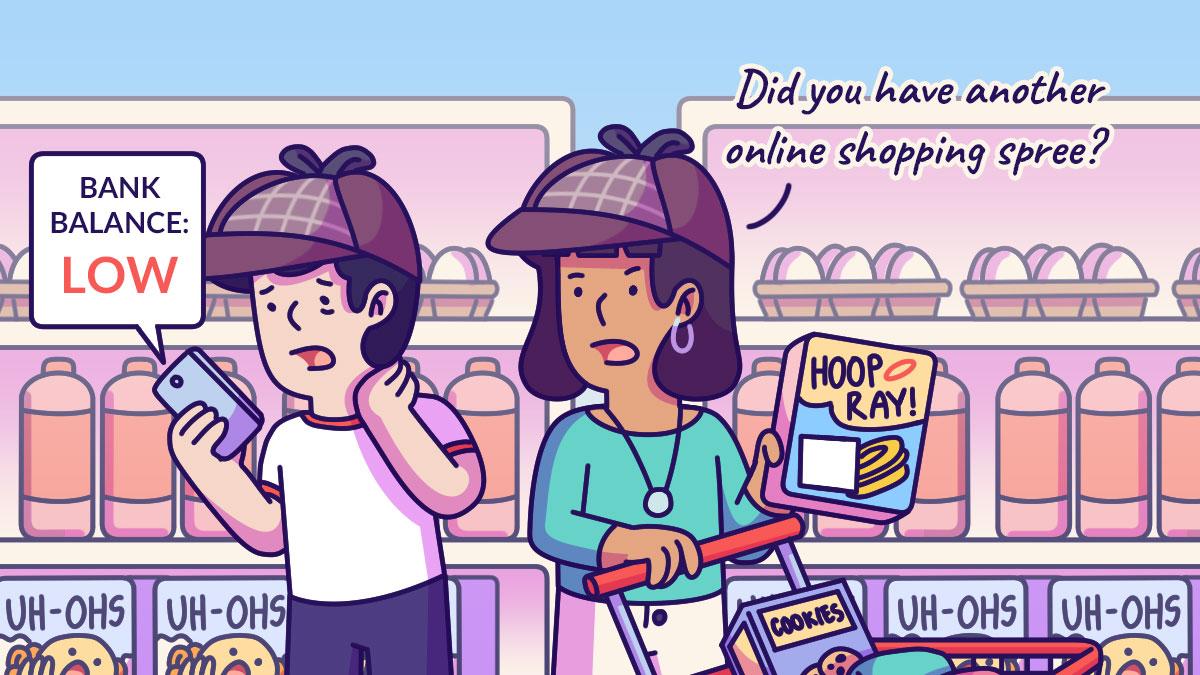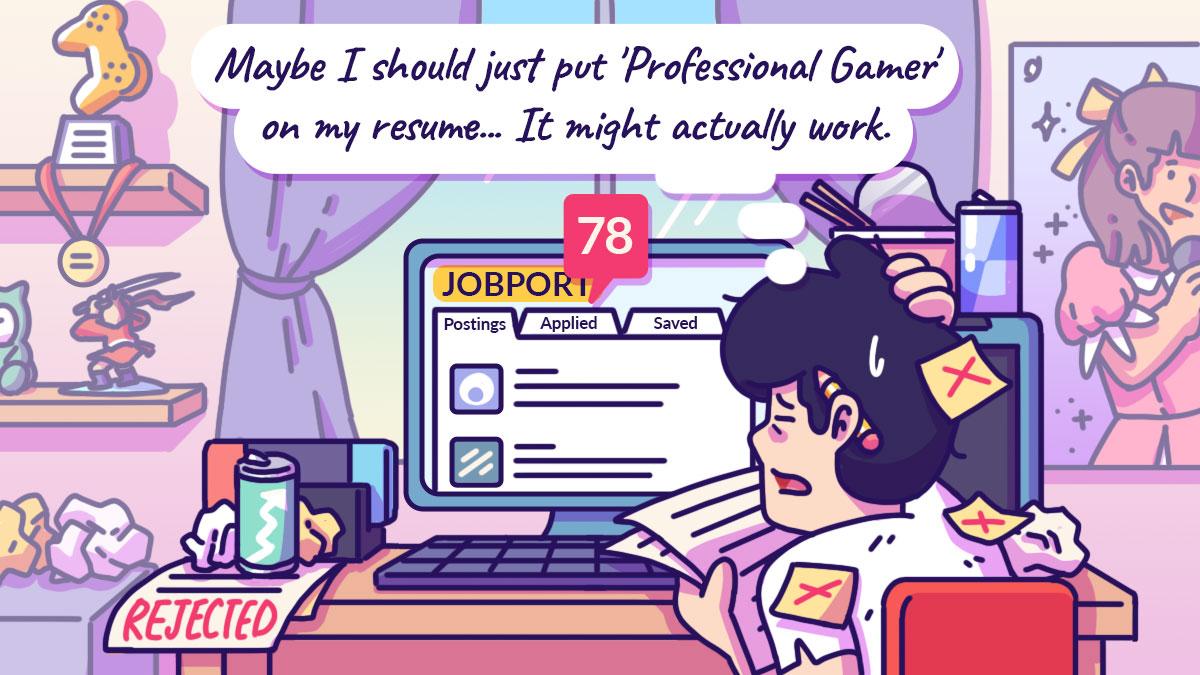If there’s any national hashtag that’s stood the test of time, it’s probably #RETURNMYCPF — frequently espoused by the camp convinced of the evils of CPF aka money jail, and in the other corner, the camp that loves CPF — and much to the latter’s horror — happily injects cash into their CPF accounts.From time to time, there will be online clashes between the two camps, and if the comments are anything to go by, CPF anti-fans are simply irresponsible layabouts, desperate to get their hands on CPF money, while CPF lovers are government-loving sheep.But there’s a third camp, watching ambivalently and thinking: “what’s going on?”
If you’re one of those confused as to why this three-letter acronym can elicit such passion, we are here to get you up to speed on some of the common talking points around CPF.
And what better way to do this than to meet real people to understand their views? More importantly, I wanted to meet those with “skin in the game”, who about to retire or are nearing retirement. So I spoke to a pair of 60-somethings — one for, and one against CPF.
Our Challengers
Uncle Swee Hong, a retired ex-banker with 47 years of experience, is 69 going on 70 — he has delayed his CPF payouts and is awaiting the day his CPF Life payouts kick in. He’s perfectly happy and satisfied with having his retirement fund stored away with CPF.
Auntie Jane, on the other hand, is 63 this year. I got into contact with her through her daughter (who told me her mother “hates” CPF) and has plenty of gripes about the system. Auntie doesn’t intend to retire yet, and keeps herself fed and afloat with a job as a legal secretary.
So, what do they think about the following issues?

Issue #1: Not Being Able to Withdraw CPF Funds Before Retirement Age
The most “popular” issue that anti-CPF members often take is that their money, once funnelled away, is no longer theirs. This was Auntie’s biggest issue, and her reason?: “We need to be able to take our money out in times of emergency.”
I asked her if she was referencing past incidents where struggling parents would appeal CPF for permission to withdraw their retirement funds for their children’s medical expenses, to which she responded with a yes.
“Sometimes emergencies just happen. And if you really have no money, but you have money in your CPF, why can’t you take it out? It’s a valid reason,” she said. “We’re not going to misuse it.”
While CPF does allow members to perform early withdrawals on
selected grounds, such as a diagnosis of a terminal illness or a shortened life expectancy, but CPF members are typically not allowed to withdraw their savings
for others.
“They also restrict us from our CPF also because of old men who used to withdraw their retirement money and squander it in Batam on women!”
I blinked at the outburst. “What?”
Auntie wagged her finger at me. “That’s why the government restricts us from drawing our money. But it has nothing to do with us women, you know?”
“How does that make you feel?”
“I feel it’s unfair because we had nothing to do with the misuse,” she said.
Separately, I presented this argument to Uncle, who couldn’t help but laugh.
“People have always been complaining about this, even when I was working,” he told me. “But it’s all emotion. CPF is necessary for retirement. It’s just that people don’t know how to handle their own money.”
“But think about it,” he said. “If we could withdraw everything at any time and spend it all when we run out of money, then who do we go to? The government
again?”
To be fair, the CPF system has to balance flexibility while being a catch-all for everybody in society — including Batam uncles.
Issue #2: Where Are CPF Funds Going?
As the discussion began to deepen, Auntie said to me, “I actually don’t know what the government is doing with all of our retirement money.”
“Why do you say that?” I asked her.
“Because they never tell us anything. The government is probably using our money to invest,” she theorised, and then linked it back to her point of CPF members having very little say or control over their retirement funds. “I don’t like that I don’t know what’s exactly going on!”
CPF funds are invested into Special Singapore Government Securities (SSGS), the proceeds from the purchase of SSGS are subsequently invested by the Government of Singapore Investment Corporation (GIC).
While the money being raised is indeed being invested — that’s why CPF can provide 2.5% to 4% interest — but the government-guaranteed SSGS are supposed to act as a barrier between our CPF savings and investment risk. Understandably, it can be an abstract concept to wrap one’s head around.
When I posed this question to Uncle, he said, “Well, I trust the government. They have delivered on their promises over the years, despite some mistakes here and there, and it’s no different for CPF. People who argue this are just feeding rumours without concrete proof.”
Issue #3: MediSave Unable To Cover All Medical Costs
Here’s where things got a little bit more evened out in terms of sentiment and stance.
“I don’t like that we cannot use MediSave to fully pay off expensive medical bills, you know?” Auntie said to me, sitting cross-legged on her bed. “I don’t understand why we can’t. It’s our money, and hospital bills are very costly most of the time.”
She is referring to MediSave, the CPF savings account that can be used to pay for medical-related expenses, however, MediSafe withdrawals have
caps that differ between procedures.
“Well, there’s insurance…” I began, but that only seemed to goad her on even more.
“What? You mean like all those ElderShield, MediShield?” Auntie waved a hand furiously. “You know how confusing all those different plans and schemes are? And they seem to change it so often. No one explains them to us!”
I took her vehement complaint to Uncle, who gave it some thought before responding.
“It is an issue that we can’t use MediSave to pay everything off,” he agreed. “But I don’t really know why, or what to think of it.”
“Does that worry you?” I asked him.
“No,” he said plainly. He’s made sure all his children are insured with
private medical insurance, with the necessary riders to cushion against huge medical bills in case of emergencies.
Issue #4: CPF Schemes Are Confusing
Which brought me to my next point, I asked them both what they understood about CPF Life, the retirement funding plan that offers retirees payouts every month until the day they pass away — pretty much the whole point of CPF.
“I don’t understand it,” Auntie said seriously. “They have three types of plans, right? But they didn’t explain it very clearly, even when I went to the CPF Board building once to deposit money with my sister.”
She was referencing the retirement sum tiers, ranging from
Basic to Full.
“What don’t you understand about it?”
“Sometimes you just don’t know what is what. And CPF has so many kinds of products. “It’s very confusing.”
On the other hand, Uncle has no qualms with it. “You’re basically paying your retirement sum to CPF so you get payouts for life. I think it’s quite straightforward.”
He recommended young people
learn more about CPF as early as possible.
Issue #5: The Yearly Retirement Sum Increase
Our final point of discussion centred on the ever-increasing
retirement sum. Today’s full retirement sum for retirees is sitting at a staggering $181,000, where it once used to be only $80,000.
“It’s not fair for the youngsters,” Auntie insisted when I asked her for her thoughts. “Who’s setting this sum?”
“Why isn’t it fair?”
“Because they just want to lock your money up,” alluding to the common accusation of goalpost shifting.“So they can just give you an allowance every month after you retire, you know, like a parent to a child, until the day you die.” Essentially, back to the argument that she did not have full control on how to use her retirement savings.
Uncle had other opinions. “It must go hand in hand with the cost of living, inflation, and our purchasing power,” he said. “As to the amount, we should leave this to the experts who have all the necessary tools and statistics to guide them.”
In Summary
I then asked, both to wrap up how they benefited from the system and their opinions on how they could see the system changing for the better.
“So how has CPF helped you?” I asked Uncle.
He listed out housing and education, and told me that he managed to pay off university fees for all three of his children — two sons and one daughter— before waiving off the debts so they did not have to pay back the CPF education loan.
A waiver is possible because he met his basic retirement sum requirement in his CPF accounts.
“I think I have about $140,000 inside,” he told me.
He then gestured around him, “CPF has helped me in many ways, I used CPF to help me get this home as well. It met my needs. It will meet yours too.”
“How do you think it can be improved?” I asked.
“I’m of the view that further improvement will be limited,” he answered. “The scheme has been in place for a long time and went through many modifications.
“Perhaps the one thing could be using CPF funds for education and including pre-approved overseas universities to help alleviate parents’ burdens.”
And as for what Auntie wants to see different about CPF, or improvements made, she had this to say: “The system should be more lenient and relaxed; people should be allowed to use things like MediSave when it’s needed, not just a certain percentage only. It’s not sufficient to cover your medical expenses. There are people who don’t have that kind of money, especially nowadays.”
“Is there anything you like about CPF, though?” I asked.
To my surprise, she nodded. “It’s good for youngsters who want to buy HDB flats and get their own housing. That’s a good way to use CPF money. We should be able to use it in more ways, as well, but this is one of the good things about it.”
Concluding Thoughts
It’s clear that both parties had their opinions and beliefs about CPF, and some differ more than others. But for all their differences, it also became clear to me that both Auntie and Uncle had something in common — both of them do not fully rely on CPF for their retirement.
While Uncle Swee Hong likely has a successful career in banking to thank for that, Auntie Jane has an investment portfolio that pays her regular dividends, in fact, she’s determined not to retire yet, instead choosing to spend her time as a legal secretary.
Yet at the end of the day, there’s simply no way around it: As it stands, CPF is a part of (Singaporean) life, it might not be perfect, but let’s take the time to understand it to make the best of it.












